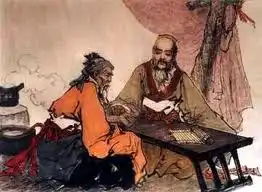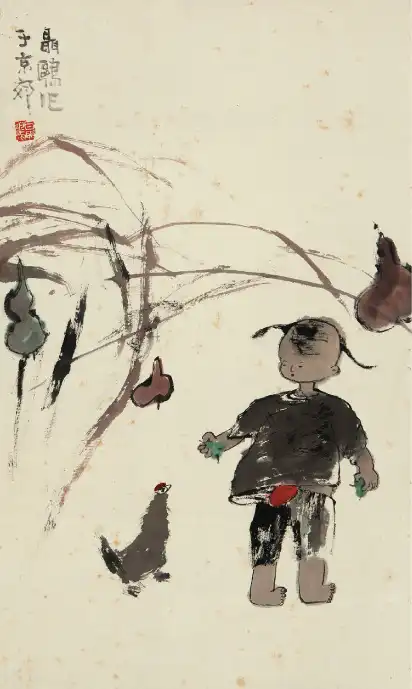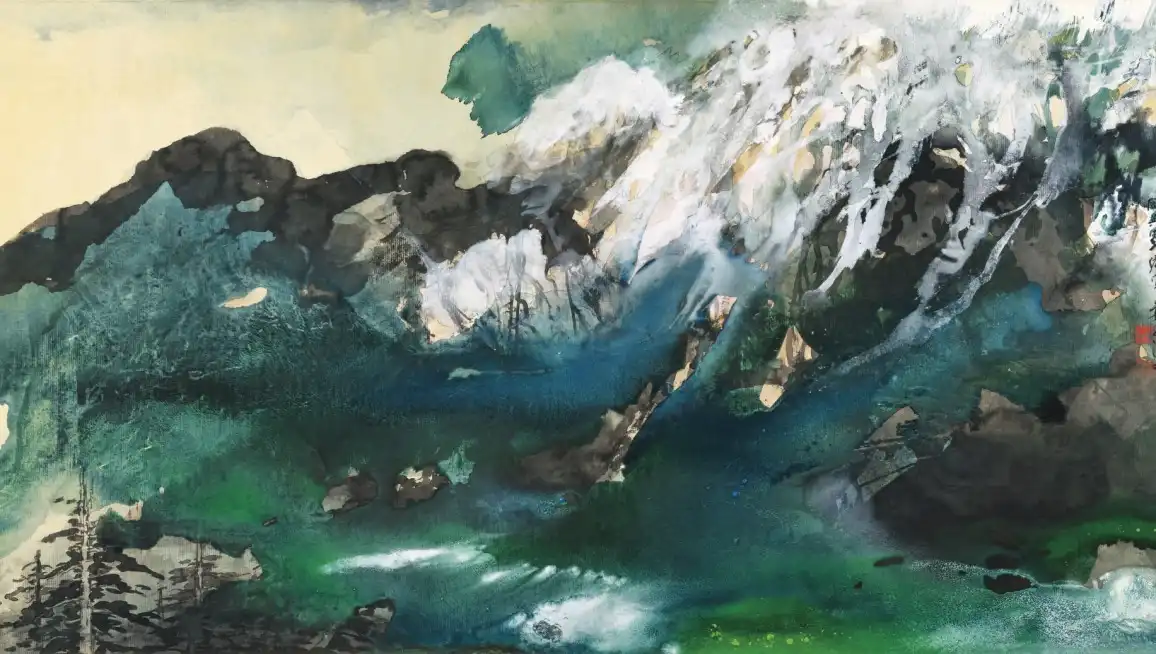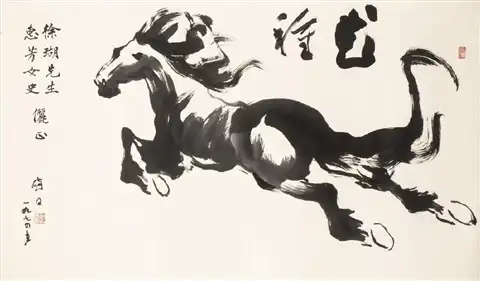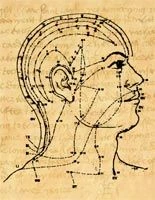All internal organs work together in Yin and Yang partnerships. The solid organs, i.e. the Liver, the Heart, the Spleen, the Lung and the Kidney (some also count the pancreas) produce, transform, regulate and contain Qi and blood. They have solid structure and rather passive function therefore belong to Yin, as Yin represents matter, structure and slowness. The hollow organs, i.e. the Gall Bladder, the Small Intestine, the Large Intestine, the Urinary Bladder, the Stomach and the Triple Burner are responsible for the digestion, and the transportation of nutrients and waist. They have a hollow structure and an active function therefore belong to Yang, as Yang represents function and warming principle in traditional Chinese medicine.
Each of the Yin - Yang organ partnership corresponds to a certain element. The Liver and its partner organ the Gall Bladder correspond to the element Wood; the Heart and its partner organ the Small Intestine correspond to the element Fire; the Spleen and its partner organ the Stomach correspond to the element Earth; the Lung and its partner organ the Large Intestine correspond to Metal; the Kidney and its partner organ the Urinary Bladder correspond to Water.
The Five Elements are in a relationship with one another. For example Wood generates Fire, thus the Liver (Wood element) and the Heart (Fire element) are in "generating relationship", in which the vitality of the Liver maintains and supports the Heart and its functions. On the other hand Water extinguishes Fire, thus the Kidney (Water element) and the Heart (Fire element) are in "controlling relationship", in which the Kidney "controls" and restricts the Heart, etc.
In Western medicine it is common to assign a pathology to an organ with the most typical symptom manifestation for that pathology, but in fact, the origin of the underlying condition might be in a completely different organ. This could be grasped through the generating and restricting relationships between the organ. For example chronic cough with phlegm is typical lung symptom and conventional medicine would therefore treat the lung. The origin of the condition though, most likely hides in the Spleen. The Earth element (Spleen/Stomach) may be imbalanced because of bad eating habits, stress, overwork, etc. and may transfer its disharmony to the Metal element (Lung), with which it is in a generating relationship. While there would be some symptoms that may lead to the Spleen the main symptoms will still come from the Lung, which makes finding the root of the disease difficult. Thus the treatment may become merely symptomatic and the cause of the disease may worsen as it has remained unaddressed and untreated.
If applied correctly the Five Elements theory helps locate the root of the disharmony and treat it before organ tissues and structures become damaged.
Here is the Five Elements relationship in a drawing for better comprehension.
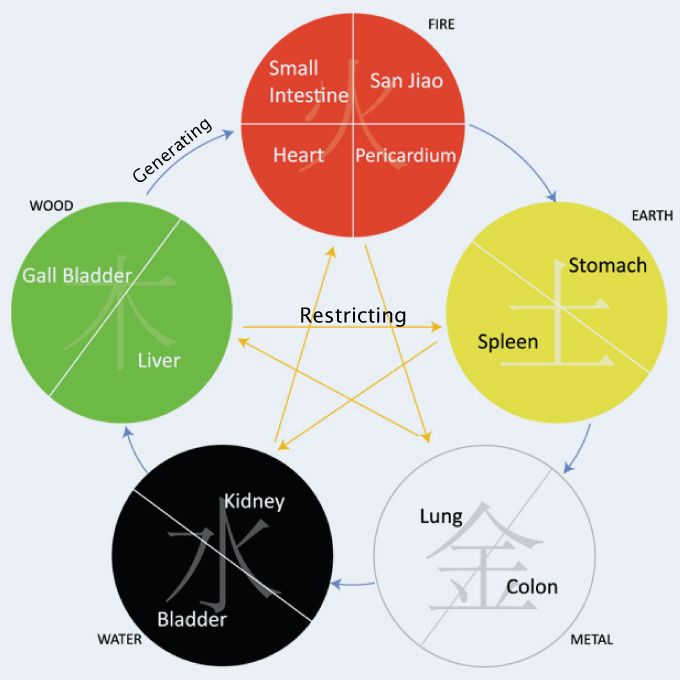
Beside the Yin and Yang theory and the Five Elements theory there are many other concepts and principles in traditional Chinese medicine. They will not be reviewed in this project in order to keep things simple and help the general public grasp the basics of TCM without confusion. An essential part of traditional Chinese medicine that we cannot go without though is the concept of Qi which is reviewed in the Vitality chapter.
YS
Related Articles:
Yin and Yang in Chinese Medicine
The Spleen in Chinese Medicine
The Kidney in Chinese Medicine

